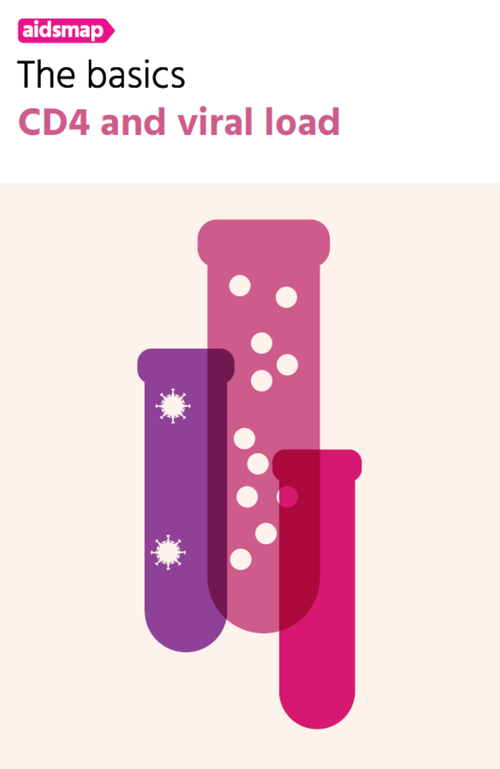
The CD4/CD8 ratio is a reflection of immune system health.
CD4 cells (also known as CD4 lymphocytes or T-helper cells) help co-ordinate the immune response by stimulating other immune cells, such as macrophages, B lymphocytes (B cells), and CD8 cells to fight infection. Untreated HIV targets and destroys CD4 cells.
CD8 cells (also known as CD8 lymphocytes or T-suppressor cells) recognise and destroy cells infected with bacteria or viruses.
The CD4/CD8 ratio is calculated by dividing the CD4 cell count by the CD8 cell count. For example a ratio of 2 would indicate that there are 2 CD4 cells for every 1 CD8 cell. A normal ratio is between 1 and 3.
HIV-negative people generally have a greater number of CD4 cells than they have of CD8 cells. As people get older, the immune system's defence against pathogens is weaker and the CD4/CD8 ratio tends to decrease. Having a higher ratio is better than having a low ratio. Factors affecting CD4 count and subsequently the CD4/CD8 ratio are some viral infections, tuberculosis, corticosteroid use, seasonal/diurnal variations, and variations in CD4 analyses.
HIV infection can change CD4/CD8 ratios
Shortly after acquiring HIV, the CD4 count generally decreases by about 30% and the CD8 count may increase by about 40%, resulting in an inverted ratio that is generally less than 1. With antiretroviral treatment, the CD4/CD8 ratio may revert towards 'normal' levels. People who start antiretroviral treatment early on generally have a normal CD4/CD8 ratio, which may help to improve or prevent health problems.
What happens if my CD4/CD8 ratio is too low?
It can be important to monitor the CD4/CD8 ratio because abnormal values have been associated with an increased risk of developing lung cancer or anal cancer. If you have an abnormal CD4/CD8 ratio, you could potentially be prioritised for cancer screening. Your physician may also change your HIV drug regimen with the aim to normalise the CD4/CD8 ratio.
Nonetheless, despite optimal HIV medication, it is not uncommon for CD4/CD8 ratios not to return to normal levels, for reasons that are not well understood. For people who start HIV treatment at an older age, it may take longer for the CD4/CD8 ratio to normalise.
In usual clinical care of people living with HIV, the CD4 cell count is more important, but the CD4/CD8 ratio may serve as a useful biomarker to predict and improve health outcomes for people living with HIV.

